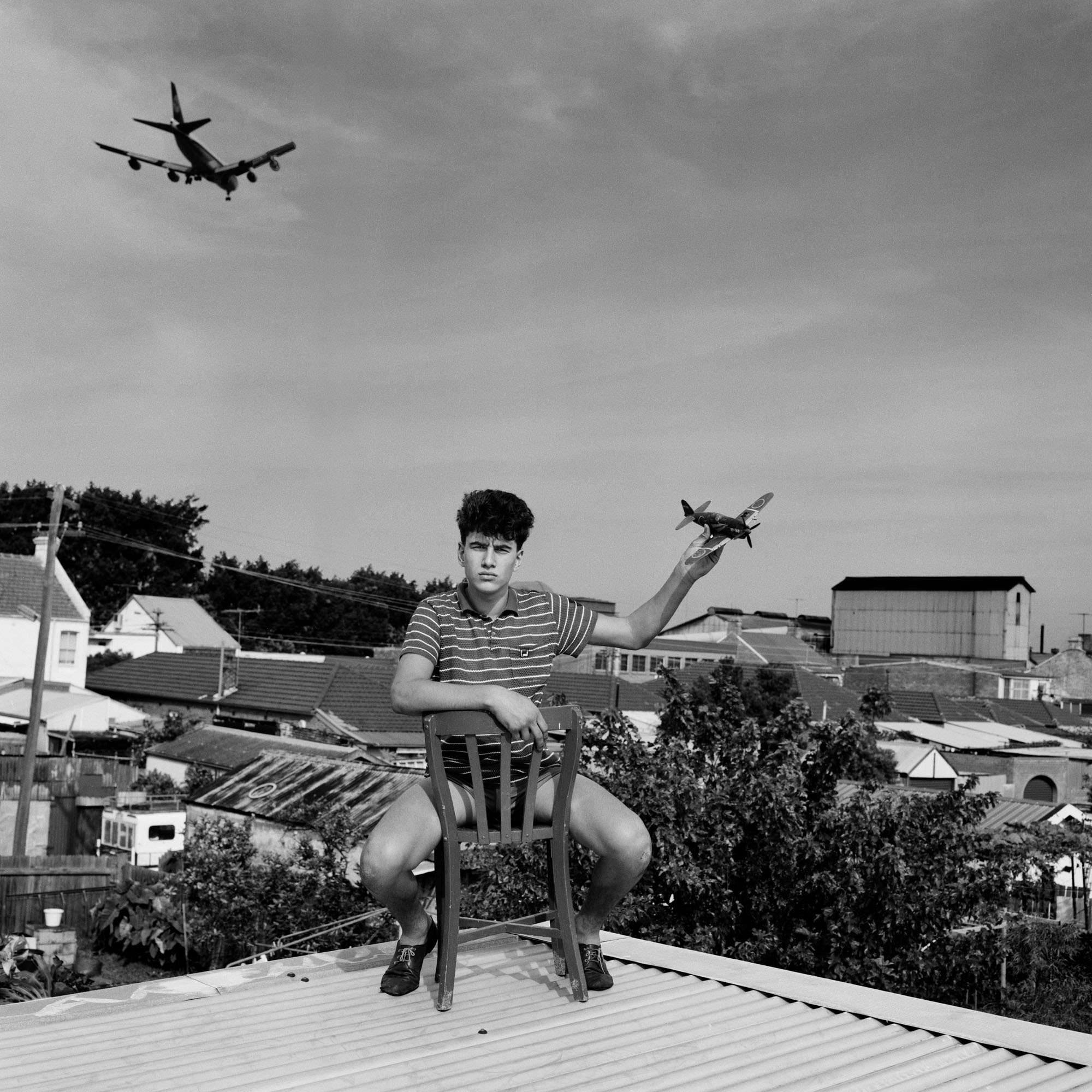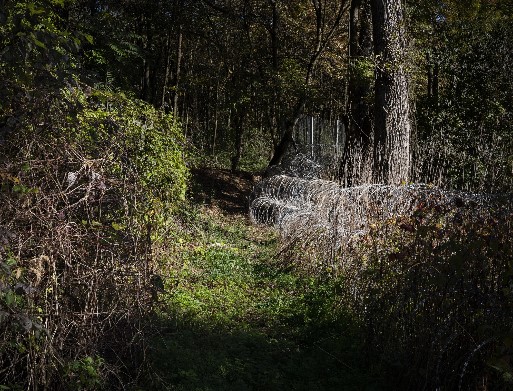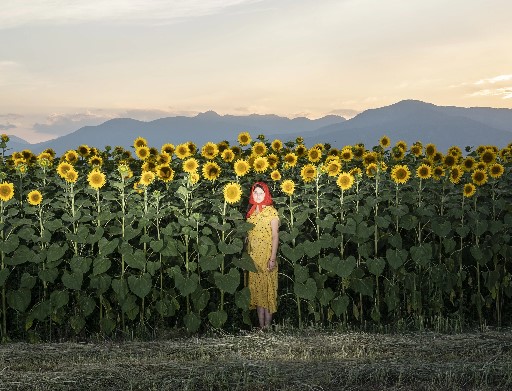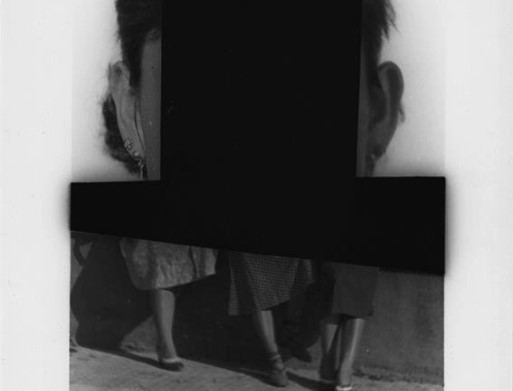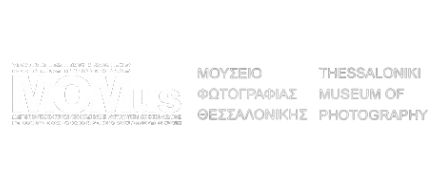Back in 1998, Emmanuel Angelicas and six other members of the Australian photographic community took part in a group exhibition titled Lonely Hemisphere at the Macedonian Museum of Contemporary Art, as part of the international Photosynkyria festival. At the time, no one would imagine that twenty-five years later, Angelicas would be presenting at the same venue a retrospective exhibition of his work on Marrickville, now spanning five decades. Theo Angelopoulos used to say that we always make the same film – that is, we keep revisiting the same inner question or stimulus. Echoing this notion, Angelicas has been photographing since his childhood years, among other projects, the same suburb in Inner West Sydney, the immigrant neighbourhood he was born and raised in.
His works, invariably square and in black & white, oscillate between the world of first-generation immigrants, defined by strict codes and rituals, and the fluid world of second-generation ones; between the traditional and the modern, the first regulated by unwritten rules and the second moving, overtly and covertly, beyond social norms and inhibitions. Photos of close-knit nuclear families alternate here with images that convey an impression of sensuality, violence, breaking with norms and a multifaceted diversity. In his portraits the longing for life coexist with the rigidity of death, the visible with the latent, what people really are with what they might have aspired to be, including sometimes the shifting lines separating the two. The frontality of his photographs, with their almost blunt immediacy, is partly misleading. Underneath this convention of objectivity, one senses a sort of vivid affirmation of life as an unpredictable phenomenon, gentle as well as rough, surprising and also resisting convenient classifications.
At a time of globalization’s glorification, Angelicas’ photographs represent a meticulous study of the subtle, inexhaustible nuances of the local, recalling the ingenious and unconventional American musician Frank Zappa, observing that whatever is deeply personal becomes also ecumenical. Clearly, then, Angelicas is not content with artfully documenting the life of a Sydney migrant community or a vaguely contemporary Australian identity. He digs deeper to bring to the surface things often hidden, against a recurrent backdrop of existential loneliness. Marrickville though for Angelicas is a project that also inevitably serves as an indirect glimpse into half a century of his own lifetime, into the human crossroads he boldly traversed through “silent agreements”, gaining access to worlds often private. Thanks to Emmanuel’s generous donation, this half-century of Marrickville life will remain alive through these fifty photographic works that are now part of the permanent collection of MOMus – Thessaloniki Museum of Photography.

